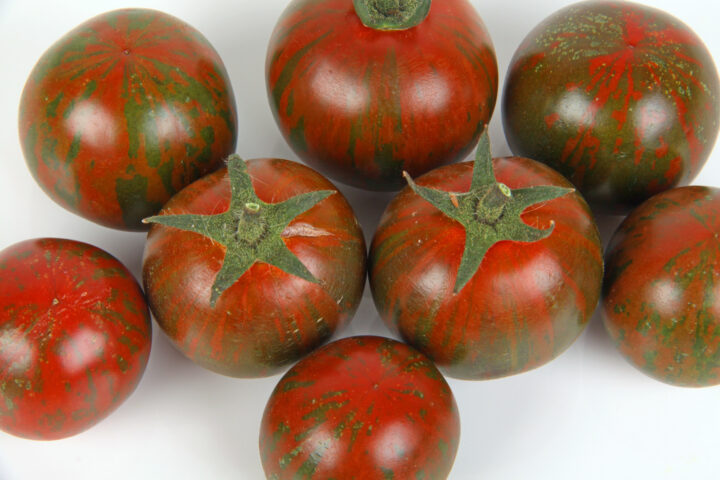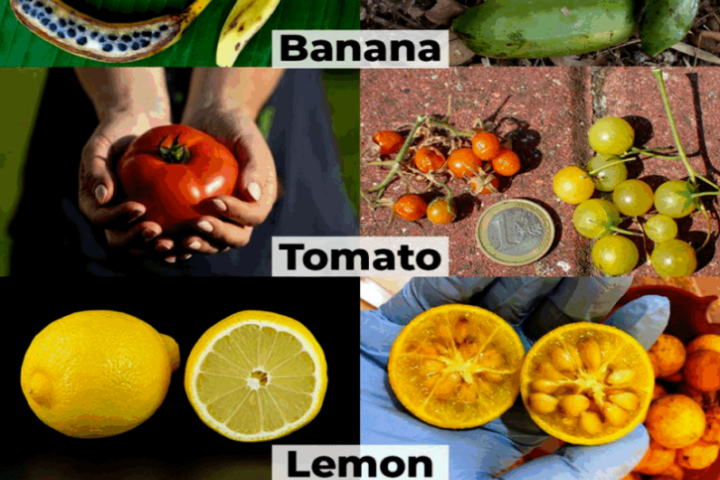«We protect what we use»
Regina Ammann is Head of Sustainability & Public Affairs Syngenta Switzerland. The diversity of ecosystems, species and crops is invaluable. They must be protected. That is undisputed. But opinions are divided on the «how». One reason is the perception of biodiversity as something static that needs absolute protection.
Monday, June 8, 2020
Nature is indeed in a constant state of change. And humans have always shaped nature, too. Many Alpine meadows, for example, with their rich biodiversity, only came into existence thanks to our ancestors clearing the land for agricultural use.
Time and again, nature provides industry with ideas for new medicines and products – for example, the observation that almost no weeds grow under the crimson-coloured caladbida plants. In the laboratory, it was shown that these plants produce a substance that inhibits the growth of other plants. A new herbicide had been discovered.
The catch: a land use of up to 9 kg/ha. To extract the necessary amount of substance, it would have been necessary to create huge cylinder brush plantations. So they took their chemical structure as inspiration and began to synthesise similar compounds with the desired properties.
Eleven years later, the structure-related active ingredient mesotrione was the result. It is 50–100 times more effective than the natural substance and safe to use. The herbicide Callisto, named after the original plant, was also introduced to the Swiss market and has been continuously improved ever since.
This example shows that our penchant for ‘naturalness’ can actually harm nature – and that synthetic substances from the laboratory help to protect natural resources.
Breeding and cultivation also benefit from biodiversity. Our crops are evolved wild plants; maize, for example, was bred by the Mayans from teosinte grass. And cultivated plants need microorganisms in the soil or the services of pollinating insects to grow. Recognising these benefits is the first step towards protection. To put it bluntly: ‘We protect what we use.’
Biodiversity needs to be interconnected so that species can survive and reproduce. Our own interconnectedness also helps: by interacting with people outside our own field of activity, we can learn why they attach particular values to biodiversity.
This can lead to joint conservation projects or even business models. In climate protection, there are incentives for farmers to store carbon in the soil and receive ‘carbon credits’ from the market in return. Why not ‘biodiversity credits’ as well?
Regina Ammann is Head of Sustainability & Public Affairs at Syngenta Switzerland. This article appeared in the 9 March 2021 edition of the BauernZeitung.
Kindly note:
We, a non-native editorial team value clear and faultless communication. At times we have to prioritize speed over perfection, utilizing tools, that are still learning.
We are deepL sorry for any observed stylistic or spelling errors.
Related articles

Event: Building Resilience in the Age of Uncertainty
International Conference on Resilience | January 15–16, 2026 | Zurich–Baden

How German Experts View New Breeding Techniques
In hardly any other country is the idyllic image of organic farming cultivated in the public sphere as carefully as in Germany. Naturalness and rural authenticity are powerful mental refuges for many Germans. Against this backdrop, it is hardly surprising that resistance to new breeding techniques is strong – and that ignorance about the realities of organic farming sometimes appears almost deliberate.

Why consumers accept gene-edited foods on their plates
Acceptance of gene-edited foods increases when the tangible benefits for consumers are easy to understand. A recent study by the Center for Food Integrity (CFI), conducted in collaboration with FMI – The Food Industry Association, shows that consumers evaluate technologies such as genome editing positively when they recognize clear advantages for health, the environment, or food security.

Beautiful and delicious mutants on your plate: The misunderstood world of crop improvement
When most of us hear the word mutation, the images that come to mind are not positive. We think of radioactive monsters, comic book villains, or genetic diseases like sickle-cell anemia. In popular culture, “mutants” are often synonymous with danger. Possibly the most famous are Marvel’s X-Men, who have enjoyed four big-screen incarnations and an enduring place among sci-fi movie aficionados.

